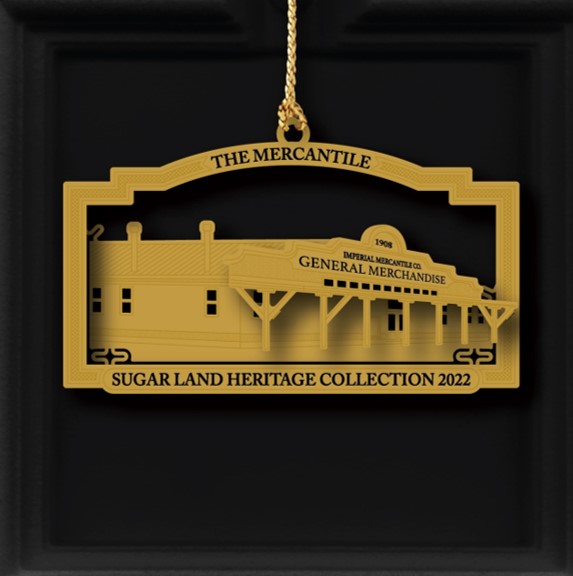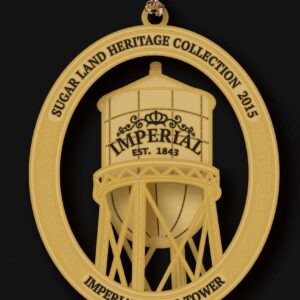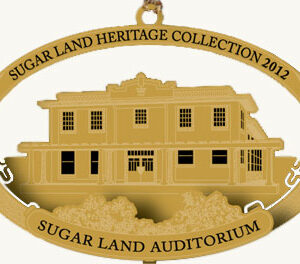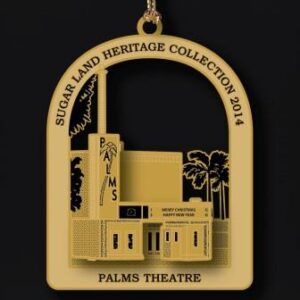Description
In 1905, when I.H. Kempner, through the Kempner Trust, partnered with W.T. Eldridge to acquire the Cunningham land holdings, including the sugar mill and refinery, the area that is now Sugar Land was known as the “Hell Hole of the Brazos”. Kempner and Eldridge sought to improve the disreputable image by renovating the town. In the process, Sugar Land became a company town, managed by Imperial Sugar Company subsidiary, Sugarland Industries, with company-owned stores, such as the Imperial Company general store.
The “Mercantile” was the commercial hub of the town. Beginning in September 1908, the Mercantile provided almost everything a family needed for daily living. While the Dairy, Meat Market, and Bakery were separate facilities, groceries, toys, furniture, clothing, and much more were available at the Mercantile. Residents could come into the store or order groceries by phone for delivery, and purchases could be made by having the amount deducted from the employee’s paycheck.
The concept of the company town worked well when Sugar Land was remote – long, arduous journeys on poor roads were required to visit more populated areas. Why would people need to spend time travelling when everything needed was available nearby? With improved roads and the growth of the automobile, the need for the Mercantile diminished by the 1950s. At the same time, the Imperial Sugar Company and Sugarland Industries needed additional office space, and the retail businesses did not have space for the number of new products and services that appeared after the end of World War II.
September 1950, Sugarland Industries began construction of an office and shopping center in Sugar Land that formally opened in January 1952. The new center, a two-story brick and glass building, housed the modern office space needed by The Imperial Sugar Company and Sugarland Industries on the upper floor; the lower floor boasted a large supermarket, beauty shop, barber shop, a drug store, bank, post office, and much more. The Mercantile building remained but became a farm and garden center – the Farm and Home Center, selling farm equipment, heavy hardware, and furniture.



